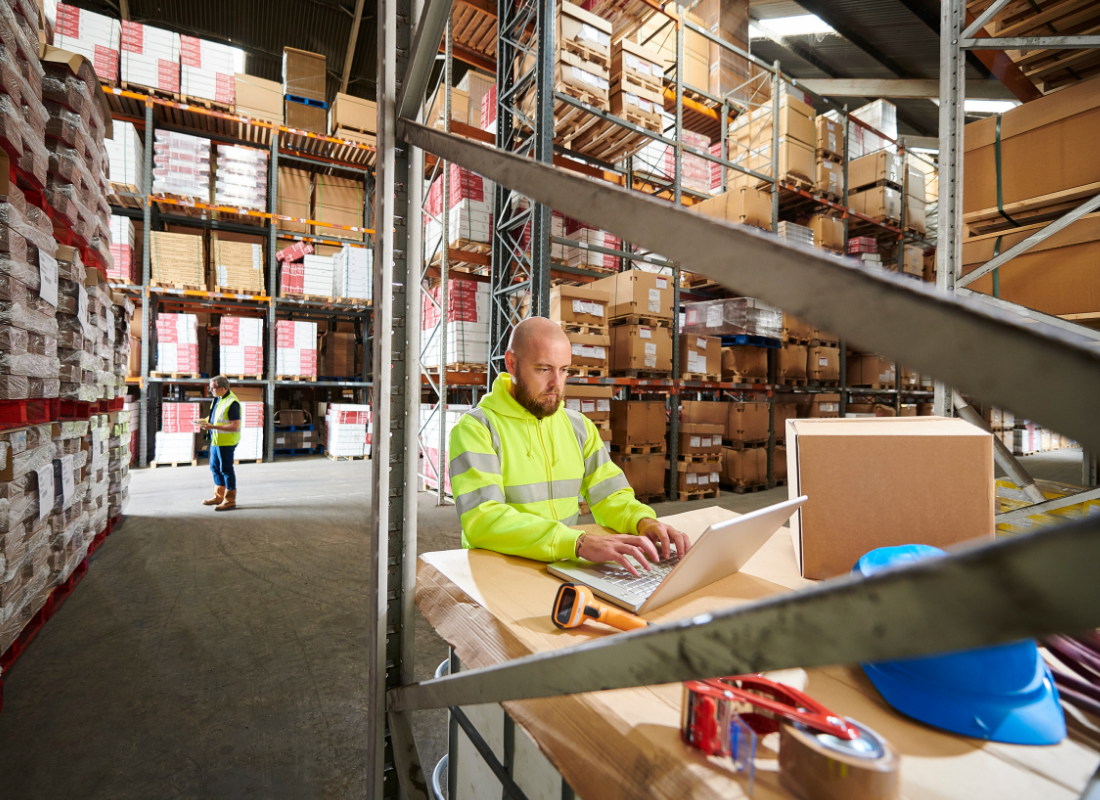5 Reasons Why Your Telematics System Isn’t Working For You
The global smart fleet management market size is expected to reach 565.1 billion USD by 2025, according to a study conducted by Grand View Research, Inc. While it’s becoming more and more common for companies use telematics to monitor their fleets, not every telematics offering ends up being the solution fleet managers were promised or expected.

If you’ve been feeling those frustrations and aren’t sure why your current telematics solution is falling short, we hope to shed some light on the situation by putting together a list of five reasons why your telematics system may not be working for you.
1) It only works with one brand of equipment.
Managers today work with many different manufacturers of equipment throughout their distribution centers and warehouses. It’s crucial that the telematics system you pick can work with your entire fleet, regardless of brand, make or model. When the telematics device is not brand agnostic, you won’t have full visibility into your fleet. Who likes seeing only half the picture?
Brand-agnostic telematics systems eliminate the need to have various programs to install and manage due to the fact all will be under one software. No need to cross-analyze different reports to get the visibility, eliminating the cost and unnecessary waste of time.
2) It’s costing more money than it’s saving.
Telematics devices are a high investment to be made. All will promise its high cost is justifiable by returns on investment. But when you add the cost of the telematics devices, installation on each equipment, recurring payments for internet connection, maintenance and sometimes even a dedicated telematics manager – it makes the return on investment need to be incredibly high to make sense.
To have the most cost-efficient telematics system, you not only have to look at the upfront investment cost but also the recurring payments and the data it collects and presents that can help you save money. If your telematics system does not present actionable ways to improve your operation, it is not doing its job. Maybe it’s time to look for a better telematics system, that actually works for you.
3) It isn’t OSHA compliant.
According to OSHA, the fatal injury rate for the warehousing industry is higher than the national average for all industries. Telematics systems in the U.S must enforce OSHA’s latest requirements to keep its operators and workspace safe from accidents. Also, with the penalties for breaking OSHA requirements your devices should be instrumental in helping you avoid paying those fees and higher work-safety insurances.
If your telematics device is not OSHA compliant, you could be faced paying fees that are much greater than the savings a telematics device could detect. Telematics devices that are OSHA compliant are crucial to maintaining safety in the workforce and saving on hefty fines that could destroy an organization.
4) It doesn’t display or breakdown data in a useful or meaningful way.
Data combined with useful analytics is the key to unlocking the most value of your fleet. Every telematics device collects data, but the quality of data provided and how it is presented is the differentiator to making telematics devices stand out.
Useful data and reports that point to actionable next steps are the keys to raising productivity and the maximum use of your fleet investment for the most cost savings.
5) It doesn’t accurately schedule maintenance based off of usage data.
If you are still using a calendar-based maintenance schedule there is a chance you are over or under maintaining your vehicles. Not all vehicles operate at the same capacity, and some may need more attention due to the harsh conditions they operate in.  Your telematics device should be able to provide a suggested maintenance schedule based off of actual usage data so that you only service it when it is necessary.
Your telematics device should be able to provide a suggested maintenance schedule based off of actual usage data so that you only service it when it is necessary.
With the limited number of maintenance technicians on the floor, you have to be sure their time is spent wisely. Also, should there be an unexpected maintenance need, your telematics device should have the ability to notify the technician so the vehicle can be prioritized and addressed quickly, getting it back up and running efficiently.
If your current telematics system meets any of the criteria above, it may be time to consider switching providers. Telematics can be a great tool for any organization when it actually provides the solutions you are looking for.
Access is proud to offer telematics that works exactly how we promise for a price that makes sense. To see the Access difference first-hand, contact an Access representative to receive a demo for your organization today!
